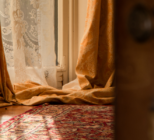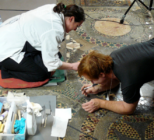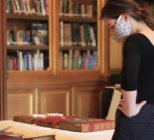Occupational safety for museums and collections
In the past centuries, large quantities of harmful substances have been applied to collections in order to prevent insect or fungal attack. Arsenic, mercury, DDT and PCP are just four examples of such biocides. Today, museums worldwide have to deal with the fallout: contaminated objects in collections must be locked away in special cabinets and can’t be handled, researched or put on display to the public. Depending on the volatility of the biocide, the objects can also cross-contaminate the air and the dust in a room. People in museums have fallen ill from this issue and a solution is desperately needed.
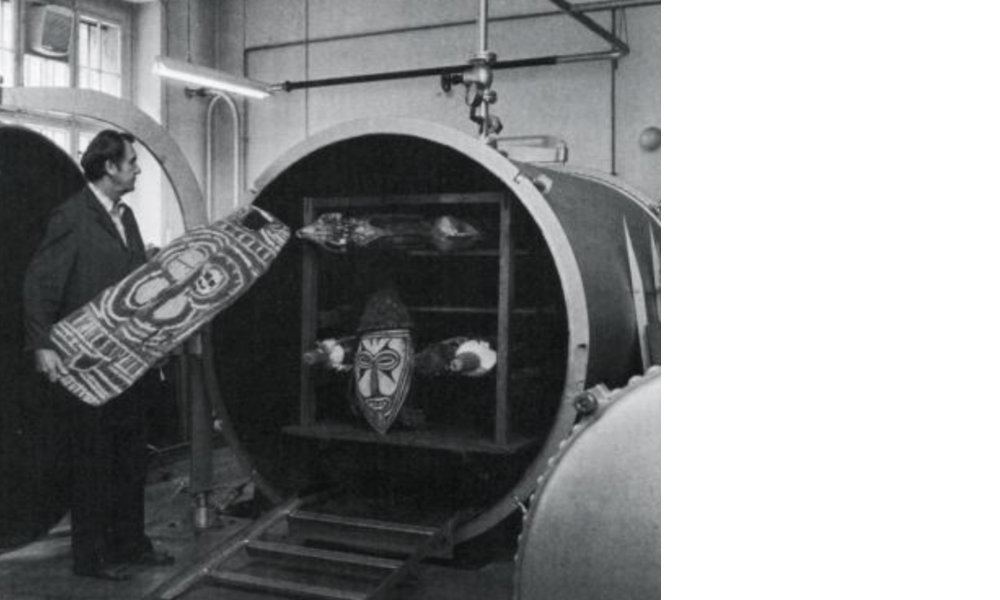
Some biocides also have a destructive effect on the material integrity of the collection object; they can cause corrosion and discoloration, weaken fibres and cause material fatigue. Biocides were implemented to protect collections from one threat, but in turn can cause direct damage to such precious, historically important objects simply by their application.
The issue of biocides is also particularly problematic when it comes to repatriating heritage and cultural objects to native communities in Africa and the Americas. This was recently highlighted in the US as recently reported by The Progressive Magazine, where collection items had been on display as part an exhibition and were then due to be returned to Native American communities, only to find these objects were contaminated with pesticides. Few detailed records were kept by previous generations of conservators who used pesticides as common practice. However, it now raises concerns about returning such items to communities without testing for biocides beforehand.
Principles of occupational health and safety
In commercial environments, occupational health and safety operates on the STOP principle, with the “S” standing for substitute (from toxic, remove, and substitute). Of course, for original artworks and collections this is not an option: you can’t just throw them out, they are irreplaceable! So, you have to decontaminate them.
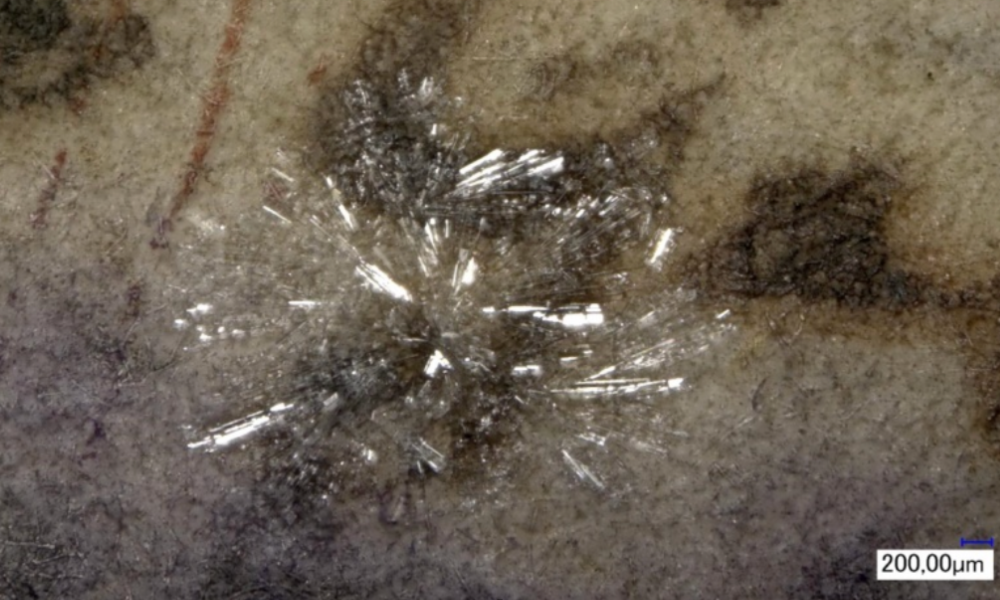
A sustainable solution is coming
Already in 2012, ICM UK, together with a German scientist, completed a trial on the decontamination of a Japanese herbarium belonging to a London-based museum that was heavily polluted with naphthalene – a carcinogen, that for decades was used as a moth repellent (moth balls). The results were excellent.
In 2021, ICM started a research project with German chemist, Dr. Boaz Paz of Paz Laboratorien, to look into the decontamination of a whole range of material and object groups, such as wood, leather, textiles, paintings, polychrome sculpture and ethnological objects. Again, the results are very encouraging and research is still ongoing. The process used to decontaminate these objects is ICM’s humidity-regulated warm air method; the same process used for insect pest eradication. In the not-too-distant future, ICM will be in a position to commercially decontaminate collections.
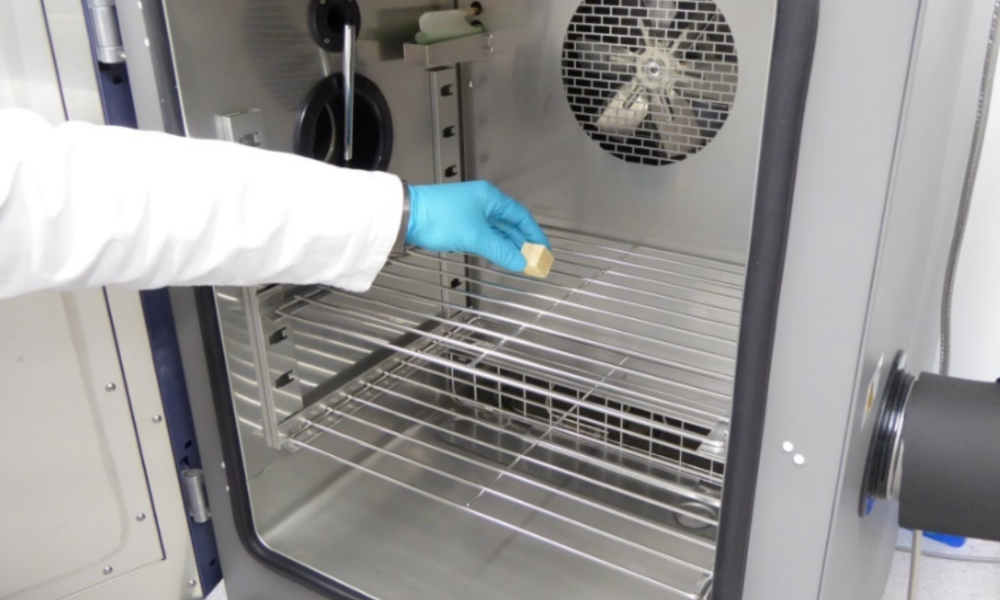
In the past, only temporary measures – such as dry cleaning – could be taken to lower the risk to museum staff from contaminated objects and dust. Museums now have the opportunity to remove contaminants from polluted art and cultural assets to such an extent that handling, unsealed storage, study and restoration of these objects will once again possible.
From an occupational health and safety perspective, the new, innovative decontamination process, which is extremely gentle on materials, is the last missing piece of the puzzle necessary in minimizing the risk of serious hazards to museum employees.
ICM – Integrated Contamination Management – plans to offer the combination of contaminant analysis and a sustainable method for decontamination of objects and entire collections. The complete solution package will include risk assessments, catalogues of measures and instructions for action as well as the detoxification of objects with the humidity-regulated warm air method.
The results of a 2-year research project on decontamination in multi-material trial groups using the ICM humidity-regulated warm air technology, will be unveiled at the Heri-Tech conference in Florence, Italy (16th – 18th May 2022).
About ICM
ICM – Integrated Contamination Management (www.icm.works) – offers solutions for insect pests and biocide decontamination in art and heritage collections. With its humidity-regulated warm air treatment technology, ICM uses an ecologically-friendly, carbon neutral method to treat both insect pest infestations and biocide contamination at our service centres and in-situ. ICM operates service centres in London, Berlin and Brussels.
ICM is embedded in art conservation through its Brussels-based parent company IPARC (International Platform for Art Research & Conservation, www.iparc.eu). IPARC is a leading conservation company in the Benelux, servicing museums and collectors with a one stop shop service package around conservation, technical art analysis, art storage and preventive conservation.
Contact ICM UK for more information at [email protected].


